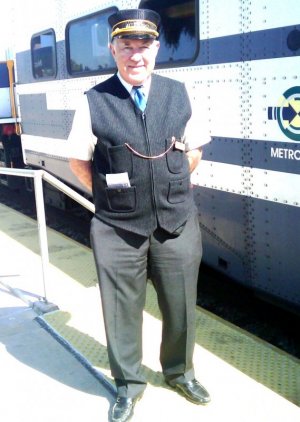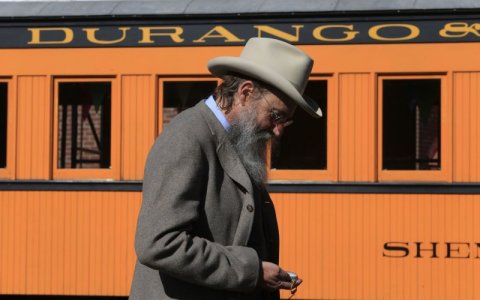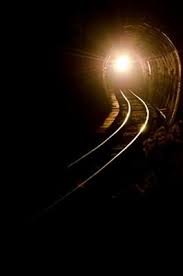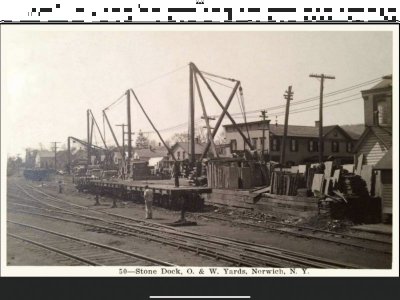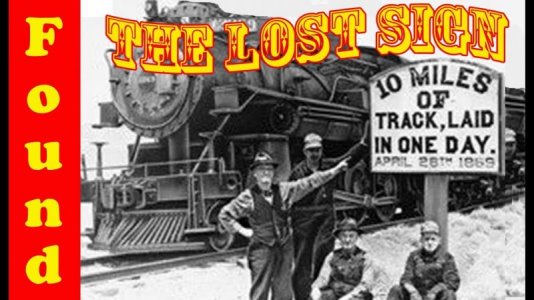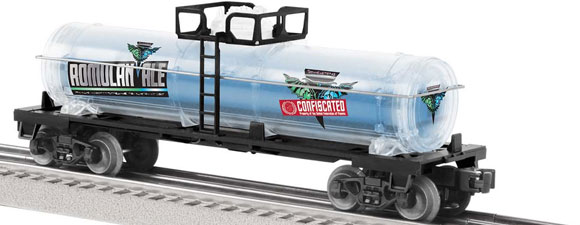You are using an out of date browser. It may not display this or other websites correctly.
You should upgrade or use an alternative browser.
You should upgrade or use an alternative browser.
All The Live long Day...."Now departing on Track Two"!
- Thread starter Meanderer
- Start date
RadishRose
SF VIP
- Location
- Connecticut, USA
So handsome, Bowmore!
RadishRose
SF VIP
- Location
- Connecticut, USA
RadishRose
SF VIP
- Location
- Connecticut, USA




Crossing Main St in Essex, CT
RadishRose
SF VIP
- Location
- Connecticut, USA
I think I took my kids on this ride about 40 years ago. Great memories
Magna-Carta
Senior Member
- Location
- UK
Old but well looked after British 'heritage' steam engines. For travelers that want something a bit different.
Last edited:
Magna-Carta
Senior Member
- Location
- UK
A tilting train.
This is what I travel on when going to London; they have now changed names and livery. The first one should play if you click on the "Watch on YouTube" link.
This is what I travel on when going to London; they have now changed names and livery. The first one should play if you click on the "Watch on YouTube" link.
oscash
Senior Member
- Location
- Sydney - Australia
My Dad was a railway man and every year he'd get a pass to take his family interstate. We always visited his sister who lived in Melbourne. We loved the journey and because it was 2nd class he had to go and find a card table to put across the seats so my sister and I had somewhere to sleep. They were in the sit-up seats. We loved it when the steam train passed through a tunnel and we could smell all the lovely smoke.
Pappy
Living the Dream
oscash
Senior Member
- Location
- Sydney - Australia
Thanks Meanderer that was great - loved watching all those old steam engines.Melbourne's Forgotten Railway - The Outer Circle (Click on "Watch on Youtube)
Pappy
Living the Dream
Magna-Carta
Senior Member
- Location
- UK
Operation Smash Hit, 1984.
Testing the integrity of a nuclear flask. Pressured to 100psi and hit with a Class 46 locomotive.
Testing the integrity of a nuclear flask. Pressured to 100psi and hit with a Class 46 locomotive.

'White Trains' Operated from the 1950s-1980s
For as long as the United States has had nuclear weapons, it has struggled with the question of how to transport America’s most destructive technology throughout the country without incident. “It’s the weak link in the chain of nuclear security,” said Dr. Edwin Lyman of the Union of Concerned Scientists."Today the United States relies almost entirely on million-dollar, Lockheed Martin tractor-trailers, known as Safeguard Transporters (SGTs) and Safe Secure Trailers (SSTs) to move nuclear material. But from the 1950s through the 1980s, the great hope for safe transit was so-called “white trains.”
"These trains looked entirely ordinary, except for a few key details. They featured multiple heavily armored boxcars sandwiched in between “turret cars,” which protruded above the rest of the train. The turrets had slit windows through which armed DOE guards peered out, prepared to shoot if they needed to defend the train. Known in DOE parlance “safe, secure railcars,” or SSRs, the white trains were highly resistant to attack and unauthorized entry. They also offered “a high degree of cargo protection in event of fire or serious accident,” the DOE assured a wary Congress in 1979."
"Though nuclear trains staffed by snipers guarding powerful weapons sounds like something out of an action-adventure film, the trains were far from glamorous. They moved slowly, maxing out at 35 miles per hour—a virtual crawl compared to the average Amtrak train. This meant very long cross-country journeys for their seven-member crews. One of the most common routes for the train took nuclear bombs from Texas to Bangor, Washington, delivering the weapons at a submarine base on the banks of the Puget Sound. Another frequent route took bombs from Texas to Charleston, South Carolina, where a set of submarines sat poised for missions in the Atlantic." (READ MORE)


